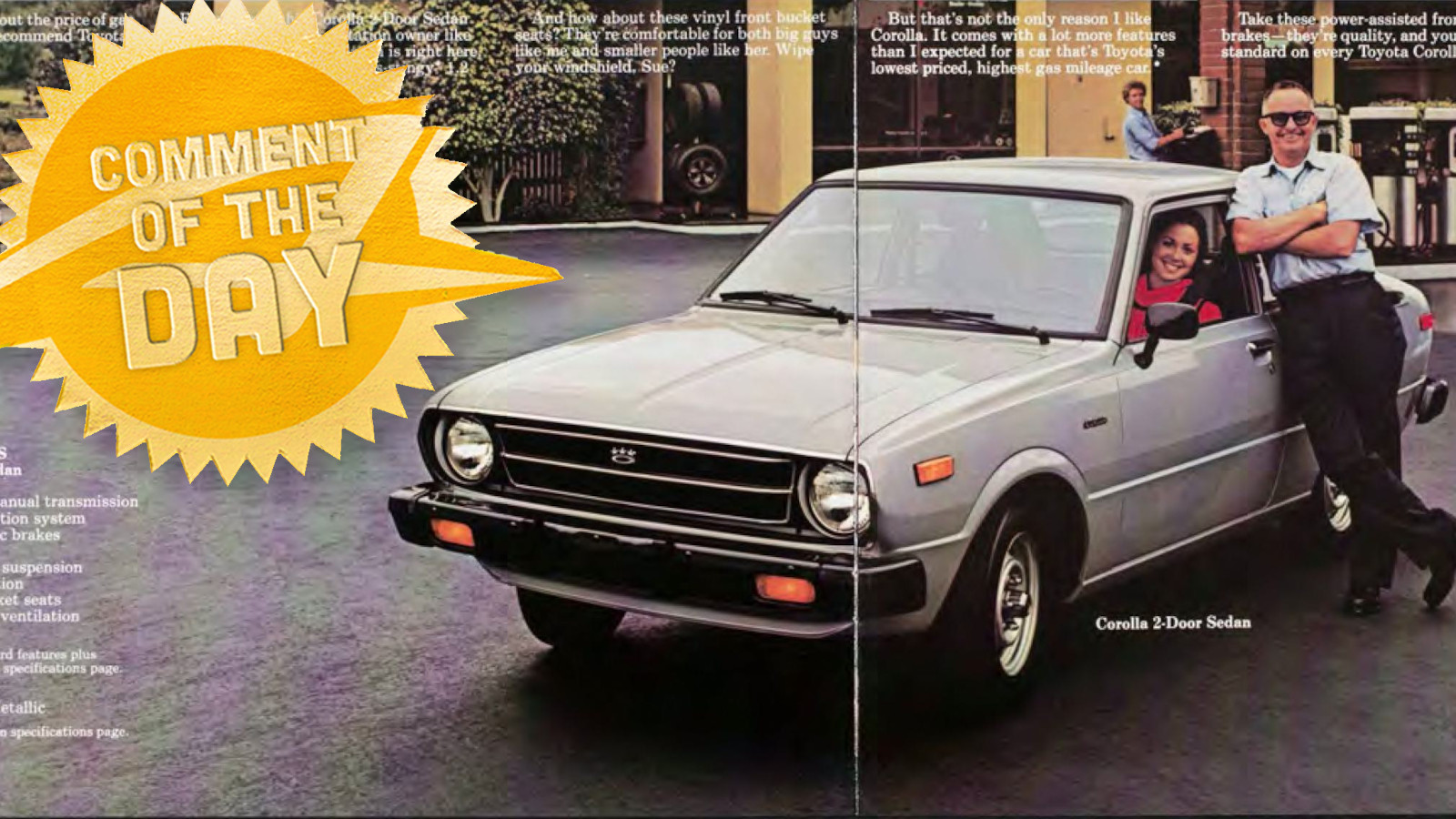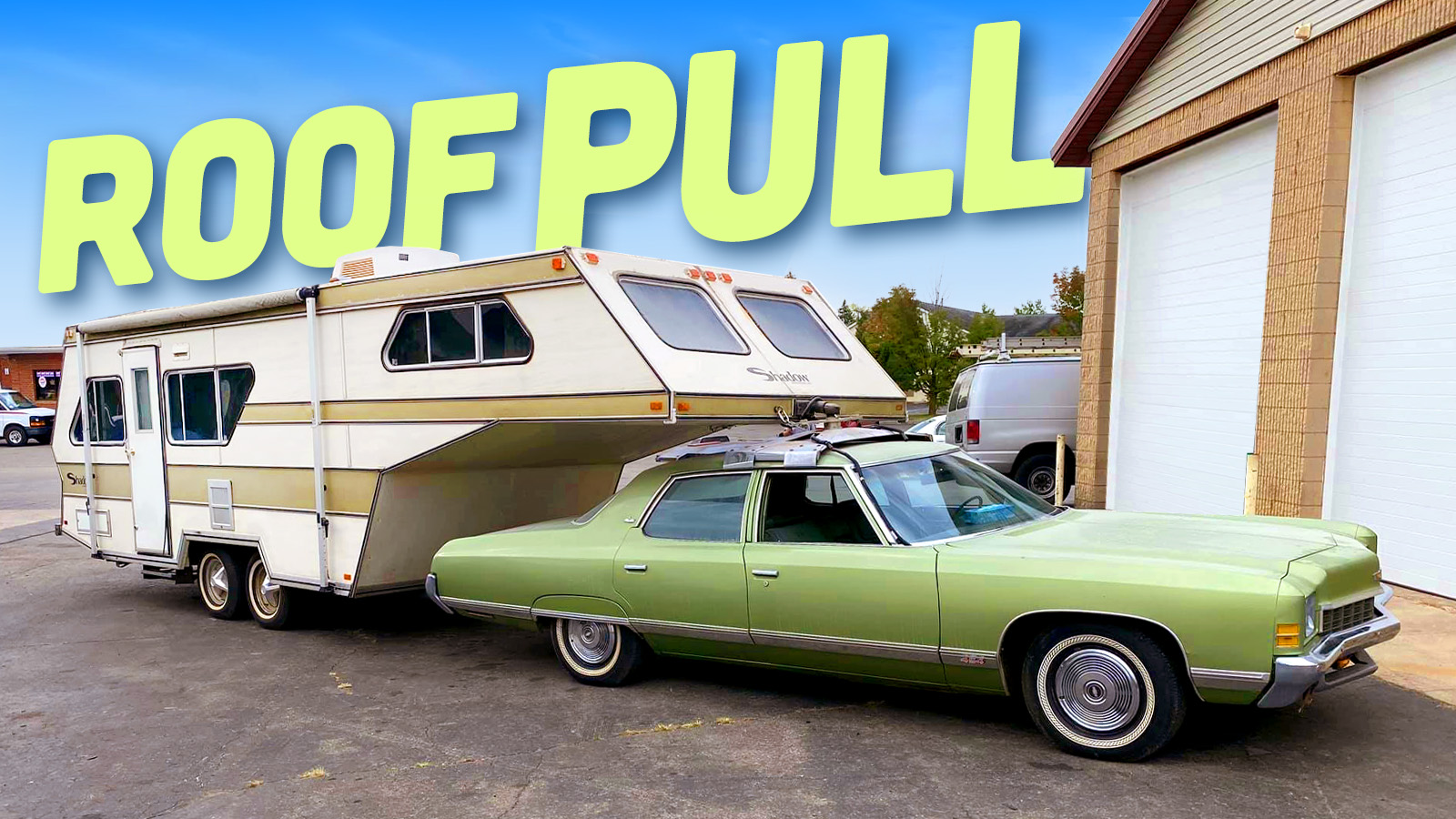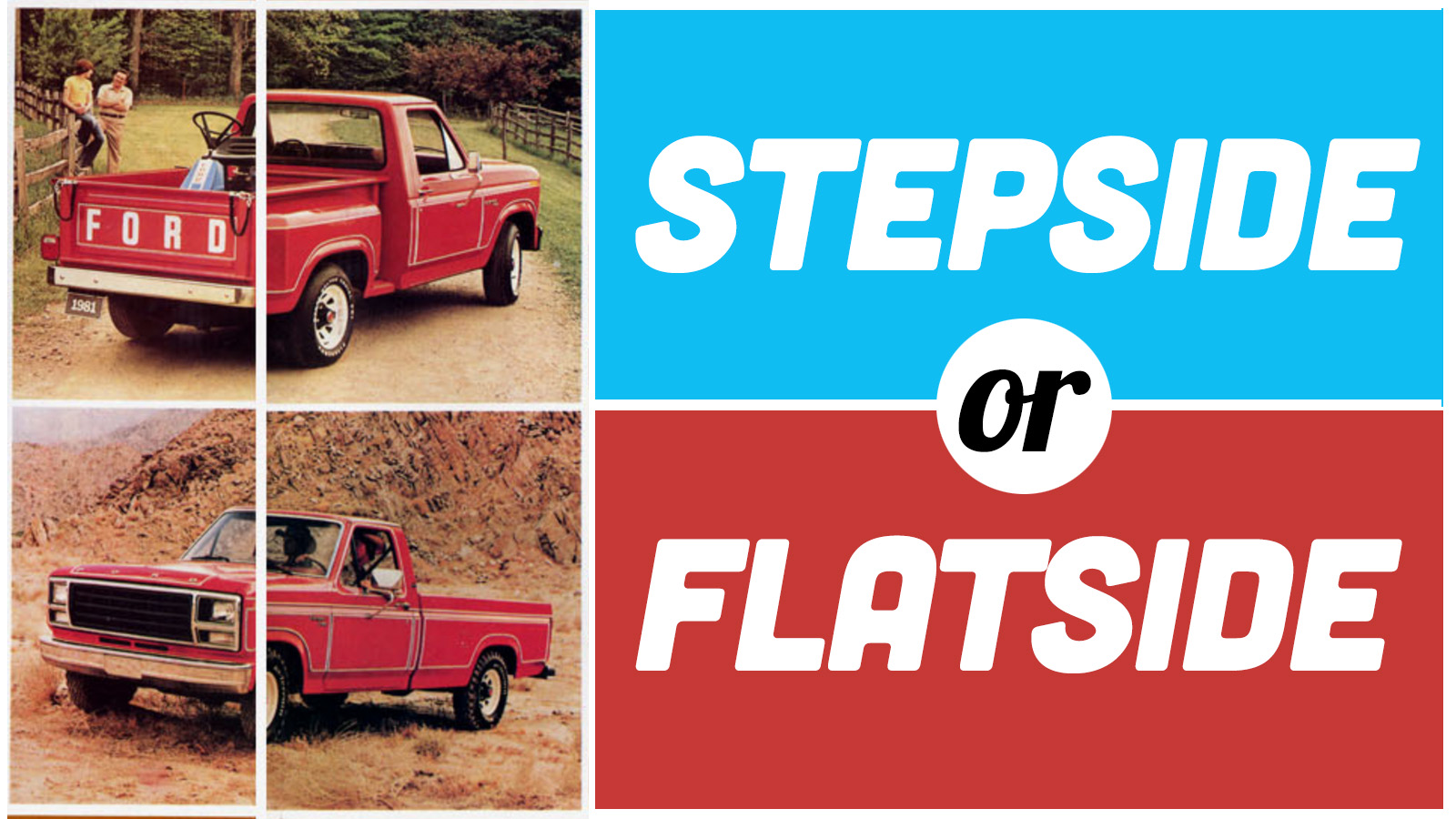Yesterday, in order to prepare our 2003 Pontiac Aztek for sale, I drove to Harbor Freight to buy a foam cannon for my cheap electric pressure washer. It was my first experience washing a car at home with anything more than just a hose and a bucket, and it was a game-changer.
You’ve probably seen foam cannons, as they make for satisfying Tiktok clips. These contraptions are just a way to spray a bunch of fluffy, cloud-like soap onto the outside of your filthy car. The soap alone only does so much to clean your machine, and, I found, the pressure washer with the soap is still not enough to get it perfect — you are likely still going to have to do some scrubbing with a towel.
Still, just look at how fun this is; you basically get to turn your car into what looks like a giant foam sculpture.
Setting things up takes a bit of time. I had to grab my extension cord and my pressure washer from my shed. I then hooked up the extension cord to the wall, unfurled my hose, and then hooked the cord and hose to my pressure washer near my car.




I then hooked the wand up to the pressure washer, filled the soap bottle on the end of the wand, turned on the water, turned the pressure washer on, and then boom, we were making foam.


There are two ways to adjust the foam canon – you can adjust the foam amount and you can adjust the spray pattern — with the former adjusted up top and the latter adjusted right at the nozzle outlet:

Now, the question is whether it’s worth it; I bought my Ryobi Pressure Washer for $75; with a foam cannon attachment, you can be all-in for roughly $100. Add some soap and it’s maybe $120. How much does a typical car wash cost? If you’ve got a coin-op one near you, you can probably get by for about $5 (back in the day $2 used to be enough!). Do that once a month for two cars, and the pressure washer pays for itself after a year.
You might be thinking: But what about the water use? Doesn’t that cost? And is it worth the setup price over just using the hose with a standard garden-nozzle?
Pressure Washers Save Water And Money
The greatest thing about a pressure washer is that it can blast the bejesus out of a deep brake-dust stain on your aluminum wheel, revealing the shiny, glistening alloy beneath. The soap application, while not really that much more convenient than wetting a rag, is also fun. But one of the greatest advantages of a pressure washer is the water savings.
The Maryland Department of The Environment breaks down just how important an automatic shut-off nozzle is in a regular garden hose nozzle, and then points out how much more efficient a pressure washer is over that standard nozzle:
A standard garden hose uses about 10 gallons per minute. This means you use 100 gallons of water with only a 10-minute car wash. When you use an automatic shutoff nozzle on your hose, water does not flow continuously while you wash your vehicle, saving as much as 70 gallons per wash.
Using a power washer can conserve even more water; power washers use, on average, about 2 to 5 gallons per minute, with a potential savings of up to 80 gallons over using a standard house without an automatic shutoff nozzle.
I noticed this while washing the Aztek. By the time I rinsed, foamed, and then rinsed the Aztek again, the tiny amount of water flowing down the street from my wash hadn’t even managed to make it to the gutter before evaporating.
Given that my Ryobi power washer is a 1.2 gallon-per-minute unit, and I can foam my car in probably 20 seconds, that’s 0.4 gallons — I’m not even sure I could use that little water with a soapy rag in a bucket. I can also rinse the thing in well under 9 minutes, so the wash might take me 10 minutes overall. That’s only 12 gallons.
This table from the Maryland Department of The Environment shows that a typical hose with an automatic shut-off nozzle will use 30 gallons, and with no automatic shutoff it will use 100 gallons.

Meanwhile, a coin-operated self-serve car wash will use 15 gallons, while an in-bay or conveyor-style automatic wash can use between 30 and around 85, depending upon whose numbers you believe.
Of course, comparing these methods based on a 10 minute wash when they’re all flowing different amounts of water seems… dubious, but based on my eye-test, my little Ryobi used very, very little water to the point where I noticed it enough to look up the data above.
It’s worth noting that the data shows the total water used; it doesn’t factor in the fact that many car washes recycle their water. In fact, here are the rules in California when it comes to car washes recycling water, at least starting in 2014:
10951. An in-bay car wash or a conveyor car wash permitted and constructed after January 1, 2014, shall do either of the following:
(a) Install, use, and maintain a water recycling system that recycles and reuses at least 60 percent of the wash and rinse water.
(b) Use recycled water provided by a water supplier for at least 60 percent of its wash and rinse water.
But that rule only applies to in-bay and conveyor-style washes, which we know aren’t as efficient as rinsing a car yourself with a spray-gun/wand, so really, buying a pressure washer is both a great thing for the environment and a great thing for your pocketbook. Because boy these car washes are getting expensive.









Foam looks good, but what’s the scientific properties of foam other than the sizzle?
Foam don’t get you home is a popular phrase. Also can substitute chrome there too.
As a car wash owner, the problem that is not listed here is the time. “If you use a coin-op one. The biggest factor is time. You as a husband, father, and manager should realize that by now that time is the problem. Understand that 90% of people won’t put the time in for a car wash like you will. Since 1980, usage at coin-operated car washes have gone down consistently. There’s only 3 segments left if you watched a car wash all day:
Old men who have been doing this forever.People whose car has body damage or is a duallie or something non-standard.Car aficianado’s (Autopian readers, I get that).The rest are going to car washes in conveyors or automatics. Hell, they may even buy a subscription.
Also, water is expensive. One of the most expensive parts. You’re reading older data that is correct, but technology and economics move a lot faster. Reclaim systems at almost any car wash (especially where water is expensive out West) can now do up to 90-95% reclaim. That greatly changes the economics of running a conveyor.
For under $100 I stepped into this same thing – electric lower powered pressure washer with foam cannon. Harbor Freight rocks.
Soap for wash and other chemicals (bug cleaner, tire dressing, detailer, etc.) were about another $50. Add a few more bucks for microfiber cloths from Wally World. And, if can, stop using glass cleaner, buy a cheap trigger spray bottle, and use a vinegar/water solution. That stuff works wonders.
Took washing my cars down from about 45 min each to 20 min each, and it’s so simple. Drying them takes very little time afterwards.
If you really wanna get fancy, get a two or three level cart from HF to put all your washin’ stuff on.